Crockpots are a great way to plan and cook meals whether you’re traveling or at home, but many people will wonder how many watts they use.
It’s often hard to see the impact that crock pots can make on your electric bill, and it’s important to consider the pros and cons.
How many watts does a Crock pot use? The wattage of crockpots depends on the temperature setting. On average you can set it at around 175 watts. Typically the lowest settings are around 70 watts, and the higher setting usually tops off at 250 watts.
There are many variables to consider when using crock pots and calculating energy usage based on total watts.
This article will explain the energy usage as well as compare crock pot cooking to stovetops and ovens, as well as ways to utilize the energy-saving features for planning meals.
Table of Contents
Crock Pot Wattage
Watts are units of power used with any electrical unit. Many units like digital alarm clocks or cell phone chargers consume a lower number of watts.
Ovens and stovetops consume a large number of watts, and one would be surprised to find out how much money is spent on these kitchen appliances on an annual basis.
At 70-250 watts, crockpots use significantly less than the average stovetop or oven and still get the job done, even though it will take considerably longer.
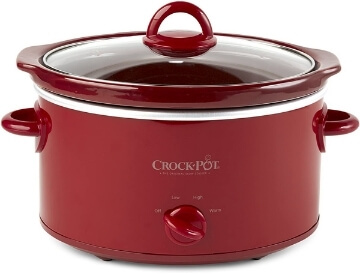
While the immediate difference between the two different types of cooking doesn’t seem major, the long-term savings from using a slow cooker are quite significant.
How Much Money Can I Save?
Calculating the savings by lower watt usage can be tricky since people will often cook on different temperatures for different lengths of time.
Some people will also eat out more than others, or even have microwavable or cold meals (especially in the summer).
The best thing to do is to estimate how many hot meals you will cook at home in a given year.
The table below will show you the difference between a stovetop, oven, and crockpot and the amount of money spent.
Stovetop meals typically take less time, while slow cookers take a very long time, but you’d be surprised at the amount of electricity, and therefore money, you will save.
| Time | Wattage | Cost | |
|---|---|---|---|
| Slow Cooker | 8 hours | 250 | $0.20 |
| Instant Pot | 1,5 hours | 2000 | $3,00 |
| Oven | 1 hour | 2400 | $2.40 |
| Stove Top | 0.5 hours | 1500 | $0.75 |
As you can see, slow cookers are quite superior to the others when it comes to energy saving, even if they are on their highest settings at 250 watts.
Lower settings come to $0.10-$0.12 or less.
To get an idea of how much you can save annually, let’s use dinners for an entire year as an example. Of the 365 days, let’s say you eat out 65 of them and only have 300 days in which you cook at home.
For 50 of those days, you do something cold or in a microwave, so 250 days, you are using either the stovetop or the oven.
Here are the calculations:
Stove Top: 125 days X $0.75 = $93.75
Oven: 125 days X $2.40 = $300.00
Total: $393.75
This seems a staggering number just to cook at home! Of course, there are many variables regarding temperature and cook time, but this is likely a good way to calculate average appliance watt usage for a household.
Now, let’s take 50 of those days and use a crockpot:
Stove Top: 100 days X $0.75 = $75.00
Oven: 100 days X $2.40 = $240.00
Crock Pot: 50 days X $0.20 = $10
Total: $325
By using a crockpot once every five times you cook, you’ll manage to save roughly $68.75 annually.
Use it 50% of the time, and you’ll save almost $200.
Check here for other helpful information regarding watt usage for all of your household appliances.
But Isn’t It More Work to Use a Crock Pot?
Not necessarily! Preparing dinner before you go out the door and start your day may feel like a lot during your morning routine, but it pays dividends on the back end.
Choosing your meals and preparing all of the ingredients beforehand can take away the labor-intensity of doing it in the evening when you’re tired.
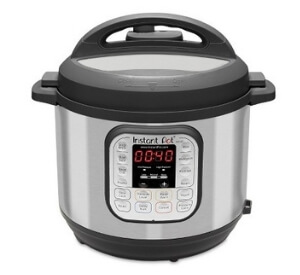
It will also help you to save money in other ways. Cooking in a slow cooker will take away the temptation to eat out and spend a lot more money altogether.
After especially hard days, dining out or ordering in is something that will eat away at your wallet if done too often.
It can also affect your health. Preparing healthy meals and cooking them in the crockpot instead of microwavable meals or fast food is better for you and could save your health in the long run.
Pros & Cons
There are many pros and cons to using a crockpot beyond the energy-saving benefits.
You will inevitably save money using a crockpot to cook, and as listed above, it could be a significant amount.
You will likely eat more healthily and plan meals more effectively as well. Another major bonus to using a crockpot is that it won’t heat up your house nearly as much as a stovetop or oven in the summers.
A drawback is the prep associated with a crockpot. Meals in crock pot usually take 6-8 hours to cook, generally speaking, and if you haven’t amply prepared for it, then you won’t have time.
This usually means that any meals you plan on having must to be prepared in the morning, and this can present a challenge if you have a hectic morning routine.
Another pro for a crockpot is that it travels well. If you are camping, going cross country, or even renting a house, a crockpot is easy to store and doesn’t require more than an outlet to work.
This makes it ideal for people living minimally, truckers, and people who like to pick up and go. They aren’t too difficult to clean and make eating healthy while traveling much more manageable.
Slow cooker meals can also be more flavorful. The different ingredients are distributed more evenly over a longer period, and you reduce the risk of undercooking meat.
The “keep warm” setting will keep the meal hot at a very low wattage output as well, so you don’t have to worry about reheating if dinner is late.
You can also use a crockpot while also using other appliances to free up kitchen space for bigger dishes.
Slow cookers are great for dressings, mashed potatoes, stews, and other sides that you might normally prepare in a saucepan.
Dips and chilis for game days are also great in the crockpot because they will stay warm for the duration for seconds and thirds.
Our favorite Crock-Pot recipes
If you’re in the mood for slow cooking, here are some mouthwatering Crock-Pot recipes that are sure to please.
Slow Cooker Beef & Broccoli
SO much better than takeout!
Get the recipe from Delish.
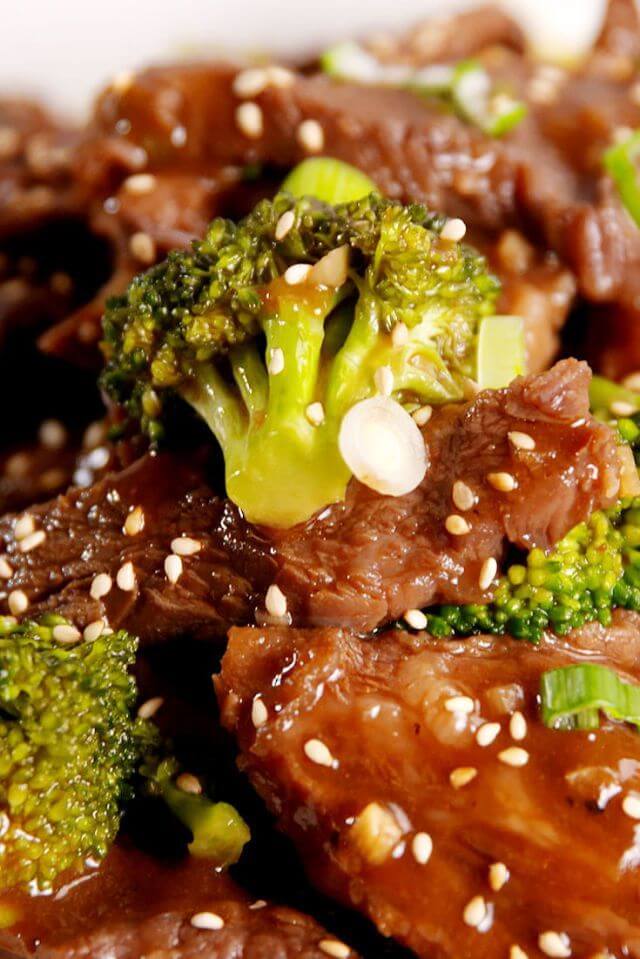
Slow Cooker Pork Shoulder
This sauce will add just the right amount of spiced garlicky herb heaven.
Get the recipe from Delish.
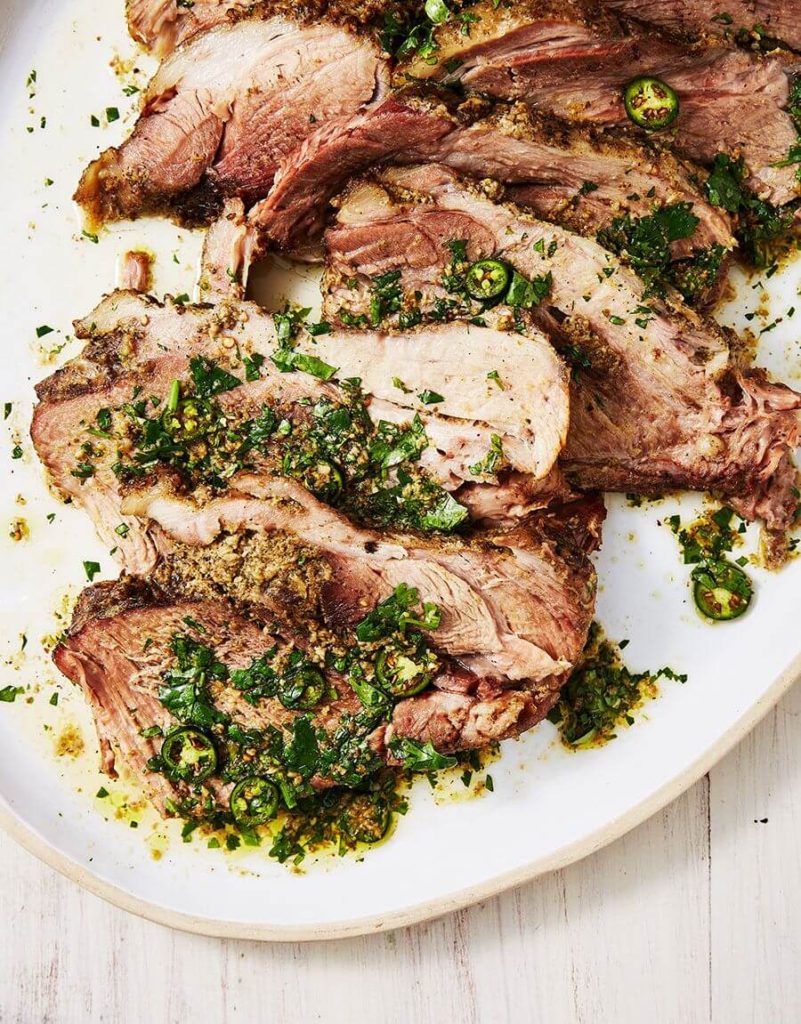
Slow Cooker Chicken Thighs
Not mad at all about how easy these are.
Get the recipe from Delish.
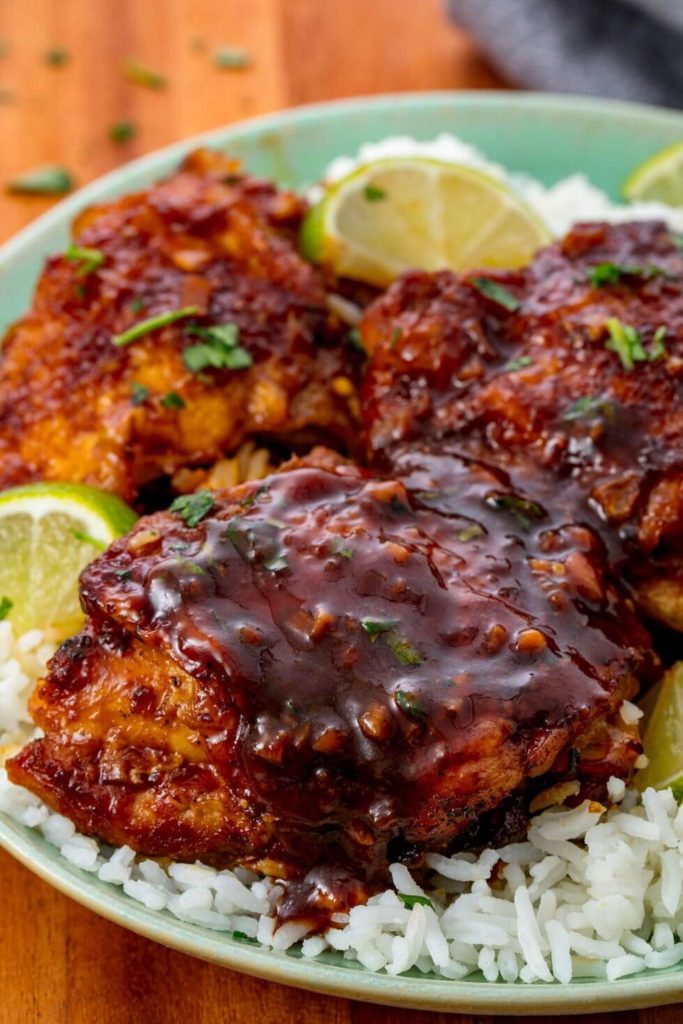
Our Favorite Instant Pot recipes
Here are some great Instant Pot recipes that will help you get started.
Instant Pot Potato Soup
Delicious soup in 40 minutes flat.
Get the recipe from Delish.
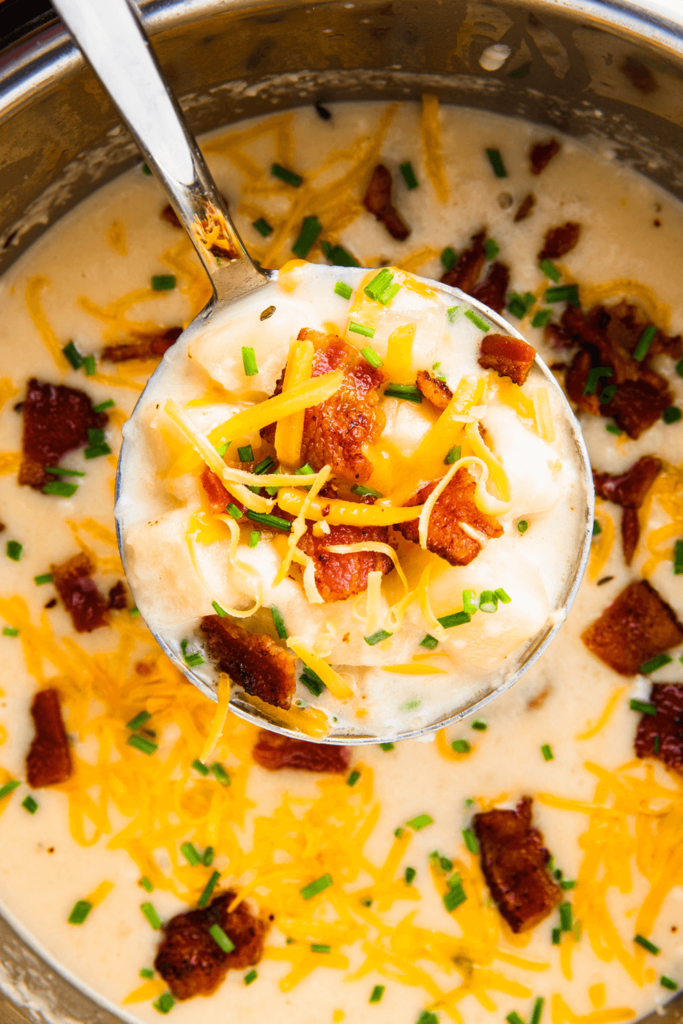
Instant Pot Pot Roast & Potatoes
This hearty American classic just got a 21st century upgrade.
Get the recipe from Delish.
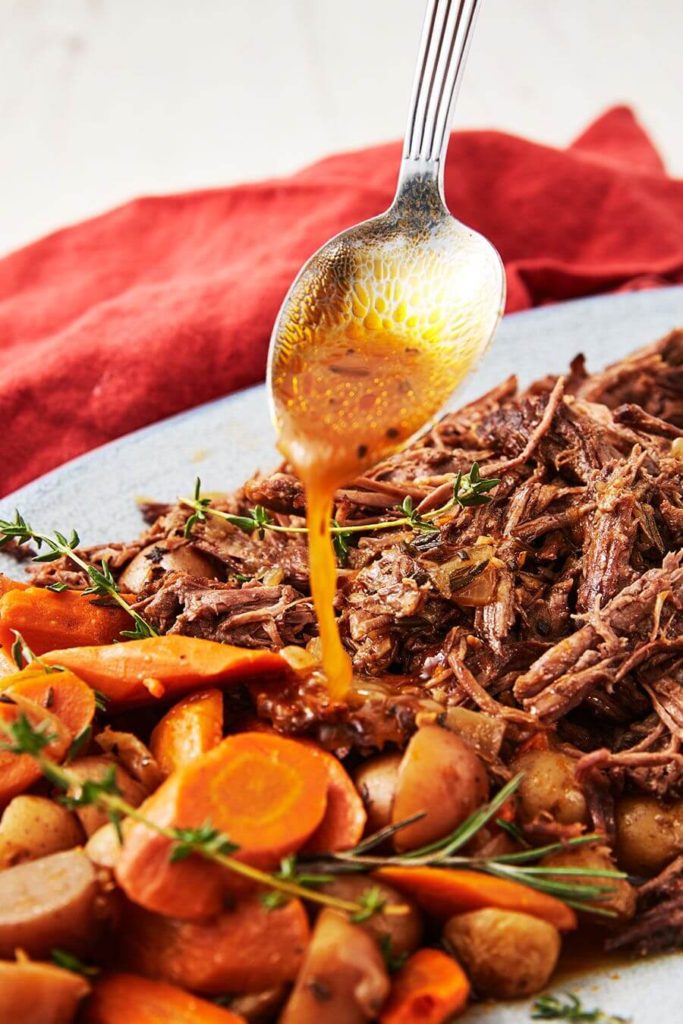
Instant Pot Chicken Noodle Soup
Instant Pot Chicken Noodle Soup
An easy way to make the comfort classic.
Get the recipe from Delish.
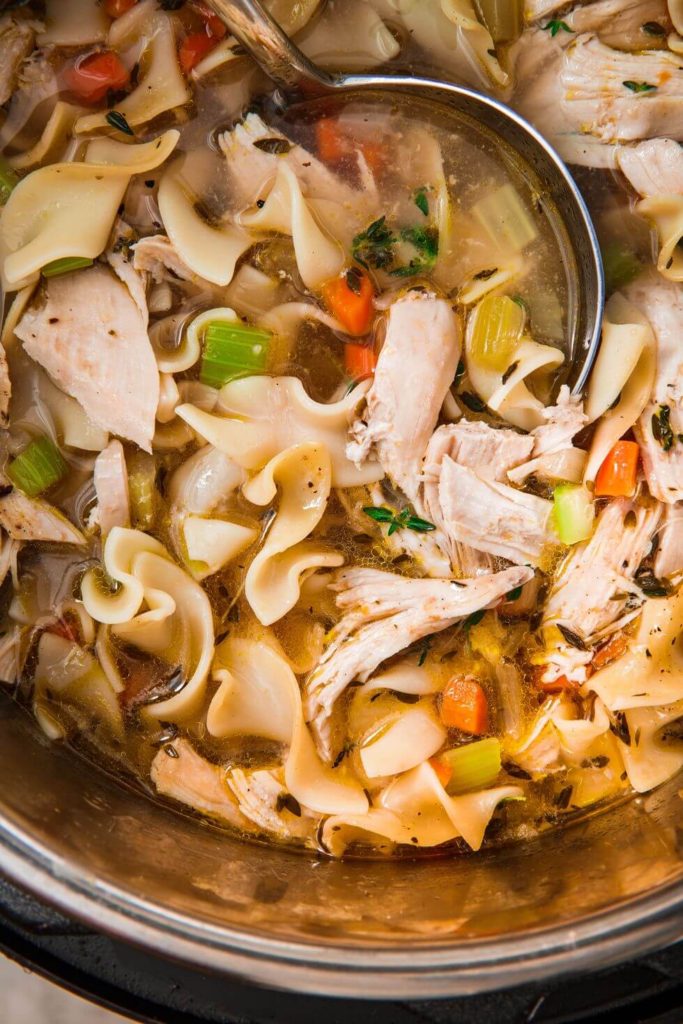
Is Pressure Cooking Energy-Efficient?
In a wordy, yes! Pressure cooking is indeed energy-efficient. However, you must make sure that you have a relatively new one, otherwise, there won’t be too much difference.
Modern pressure cookers can reduce the amount of energy you consume cooking by roughly 70%!
You don’t need to be a genius to figure out that this is a lot. Yep, it has been proven that utilizing a pressure cooker is one of the easiest and most cost-effective ways to save energy in the kitchen.
To put it in perspective, here are the numbers:
- Warped bottom pot — 290 energy use in Wh (Watt-hours)
- Flat bottom pot — 190 energy use in Wh (Watt-hours)
- Pressure cooker (new-age) — 60 energy use in Wh (Watt-hours)
Are Crock-Pot Slow Cookers Energy-Efficient?
As we have established in the previous question, crock-pots are energy-efficient (and wallet-friendly too).
In simple terms, it will cook for the entire day but still only use the same amount of energy as a single light bulb. That is pretty impressive if you ask us!
Aside from saving the environment, there are so many other reasons why using a crock-pot is the way forward. Let’s take a look at them.
- It saves you money. And not just because of the low energy use either. You are able to buy cheaper cuts of meat (for the carnivores among us) and still get that all-important, tender texture.
- Food tastes better. Slow cooking is a sure-fire way to release all those tasty flavors that tend to get left behind in standard hob cooking.
- It’s healthier for you. It definitely beats frying!
Energy Consumption: Instant Pot VS Crock-Pot Slow Cookers
As it stands, crock-pots use the least amount of energy to cook your food. However, this is being wildly disputed by those over at Instant Pot.
According to these guys, the Instant Pot has taken over the number one stop and now uses the least amount of energy. But a fool-proof answer remains to be seen.
Here are some facts about the Instant Pot’s relationship with energy so you can see for yourself how it holds up against the crock-pot:
- The whole pot is insulated externally so it loses far less heat while in use.
- It uses less water, meaning less energy is required to heat it.
- It takes account of the temperature for you.
5 Energy Saving Tips For Your Kitchen
There are plenty of ways to save energy in your kitchen. But, we are going to look at the 5 main (and easiest) ones.
Tip 1. Cook In Bulk
While this is a favorite in the bodybuilding community anyway, it should be a favorite in the average household.
The amount of energy you can save is astronomical! Plus, you don’t have to get all the pots and pans out during the week when all you want to do is chill after work.
Tip 2. Keep Your Stove Top Clean
Any leftover particles will absorb heat which means more energy is required to cook your food.
Tip 3. Defrost Naturally
Microwaves zap energy like nobody’s business. So, get your meat out in good time so it can defrost naturally. Thus, saving you energy.
Tip 4. Keep The Oven Door Closed
Every time you open the oven door, it loses heat. When you close it again, the appliance has to work twice as hard to get itself back to the correct temperature.
Tip 5. Use a Steamer
This way, you can use a pot that is already boiling, without turning another ring on.
How Many Amps Does a Crock-Pot Use?
How many Amps does a crock-pot use? On average, crock-pots use 120 volts. This translates to anywhere from 0.6 amps to 2 amps. Depending on the make and model you buy, they consume roughly 70 watts when placed on a low temperature, and 250 watts when they’re on high.
So, let’s do some math.
If you have a big crock-pot that is 250 watts on high and you cook your dinner for 5 hours on this set, you need to multiply 5 by 250.
This gives you 1,250 watt-hours. Compared to an oven, this is absolutely amazing! It’ll save you some energy.
What Size Inverter Do I Need to Run a Crock-Pot?
To tell you the truth, it depends on the size of your crock-pot. However, we can give you an idea as to the inverter size you need with an example.
What size Inverter do i need to run a crock-pot? If you have a slow cooker crock-pot that uses 120 volts AC ranging from 0.6 amps to 2 amps, you can use an 1100-watt power inverter.
But, it is worth mentioning that the battery you use to power your inverter will be pretty dead in around 4 hours.
Why? Because it has to draw quite an extreme amount of power to ensure everything runs smoothly.
Are Slow Cookers Healthy?
Slow cookers are healthy, yes! Cooking your meat using this method is the healthiest way to do so.
The slow heating not only tenderizes the cuts, but it also stops harmful compounds from forming.
As far as vegetables go, slow cooking helps to lock the nutrients inside.
Other cooking methods damage their structures, turning vegetables into not-so-great nuggets of mush. You can prevent all of that with a slow cooker.
Our advice? Make friends with it. You and your loved ones will be far healthier with this cooking method. And of course, they are extremely energy efficient.
Can I Plug My Crock-Pot Into My Car?
Cars are rather complicated to use as batteries to power electronics. However, it can be done. You can run pretty much anything from your car battery these days, including your crock-pot.
Remember, that the power will come from the alternator when your car’s engine is running.
The battery only becomes the source of power when the engine is switched off.
Therefore, if you want to use your crock-pot while you are not driving, then you should install an additional battery to make it worth your while.
Side note: think about including a cutoff switch to the main battery. It is extra work but massively increases your safety.
Start Using a Crock Pot Today!
Crockpots are great for meals, as well as the environment and your wallet.
Replacing 20-40% of your stovetop or oven meals with a crockpot meal will save you a significant amount of money, save space and time in the kitchen, and save the environment.
Planning meals in advance will stretch your dollar and be healthier for you as well.
With a low wattage output of 70-250, it beats using an oven or stovetop any day of the week.
Get creative with some of your favorite recipes and see if they work in a slow cooker, or look up some new things to try out!
Meal prep for the week on Sunday nights to plan out your meals and then set it in the morning before work to enjoy a great meal for less money.
References:
https://www.lifewire.com/juice-up-your-electronics-on-the-road-534756
https://electronics.stackexchange.com/
Recent Posts
Is Toyota Remote Connect Free? (Subscription, Services Plans)
Does Toyota Remote Connect have an included trial? It used to be the case that, when you bought a new car, you made one straightforward payment and that was it. Now, it feels like there are...
Toyota Safety Connect: What It Is And Why You Need It? Whether you’re buying a new Toyota or you’ve had one for a while you will have been given the hard sell on their Connected Services but do...

